Nelumbo nucifera Gaertn.
Background of the project
“Hau Giang Farm is located in the south of Vietnam, in the Mekong Delta, an hour by car from Can Tho town.
Surrounded by canals and rice fields, the farm, located in the heart of the rural area.The farm has a total area of 6 hectares, it has been certified organic (EOS) by Ecocert.
The Lotus (Nelumbo nucifera) produced on the Hau Giang farm is Fair For Life certified.
7 employees are the beneficiaries of the FFL fair trade project.
Our developments target fair trade: support for education, preservation of the environment, improvement of product quality and working conditions, worker well-being and support for worker mobility.”
PROJECT TIMELINE
Botanical information about Nelumbo nucifera |
|
|---|---|
Taxonomy |
Family : Nelumbonaceae Genus : Nelumbo Species : nucifera |
Description of Nelumbo nucifera |
Nelumbo nucifera is perennial plant with both aerial and floating orbicular leaves. Aerial leaves are cup shaped and floating leaves have flat shape. Its petioles are considerably long and rough with distinct prickles. Flowers are pleasantly sweet-scented, solitary, and hermaphrodite. Diameter is 10–25 cm, and it is ovoid and glabrous. |
Common names for Nelumbo nucifera |
|
Natural Global Distribution of Nelumbo nucifera |
|
Active Substances of Nelumbo nucifera |
|
Properties of Nelumbo nucifera |
|
Phytotherapeutic uses of Nelumbo nucifera
Traditionally, the whole plant of lotus was used as astringent, emollient, and diuretic. It was used in the treatment of diarrhea, tissue inflammation, homeostasis, dysentery, hemorrhoids, dizziness, vomiting of blood, uterine bleeding disorders, promoting conception, improving the skin condition, controlling burning sensation, against infections, cough, hypertension, fever, urinary problems, hematemesis, epistaxis, hemoptysis, hematuria, and metrorrhagia.
Lotus leaves are used against diarrhea, high fever, hemorrhoids, weakness, skin inflammation, and body heat imbalance, hematemesis, epistaxis, hemoptysis, hematuria, and metrorrhagia. Lotus leaves have been reported to have lipolytic, anti-obesity, cardiovascular and hypocholesterolaemic activity. The leaf extract has been reported to have analgesic, anthelmintic, antiobesity and hypolipidemic activity.
The rhizome extract was used as antidiabetic, diuretic, psychopharmacological, anti-obesity, hypoglycemic, antipyretic, antioxidant activities and anti-inflammatory properties due to the presence of asteroidal triterpenoid.
Lotus flowers, floral parts or their extracts have also been used against many diseases like hypertension, cancer, diarrhea, cholera, fever, hyperdipsia, weakness, body heat imbalance, consolidation of kidney function, syphilis, stopping bleeding and to eliminate the stagnated blood.
Flowers, with their parts or extracts have shown to possess antimicrobial activities, vasodilating effects, antihypertensive and antiarrhythmic abilities, aphrodisiac activity, antioxidant and free radical scavenging capacity.
The lotus flowers are primarily used to prepare tea. Picked by hand and once infused, they can be consumed for: treat headaches, stop bleeding from the nasal passages, cure colds and coughs, stop diarrhea, lowering the level of lipids (fat) in the blood, rid the blood of toxins and thus strengthen the immune system.
In traditional medicine practice, seeds are used in the treatment of tissue inflammation, cancer and skin diseases, leprosy, poison antidote, anti-proliferative, anti-fibrosis, antidepressant, astringent, hepatoprotective and free radical scavenging, anti-obesity and hypolipidemic effects, immunomodulatory and antiviral activities.
Nelumbo nucifera supply chains
Final products of Nelumbo nucifera |
|
|---|---|
Available presentations |
|
Available parts of plants |
|
Nelumbo nucifera crops worldwide
Vietnam
Vietnamese cultivation on South of vietnam. Manual weeding and harvesting.
China
Current Available certifications for Nelumbo nucifera supply chain
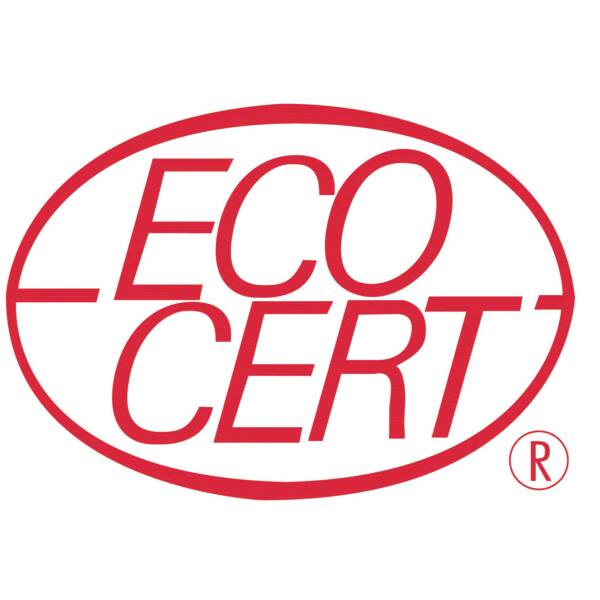
















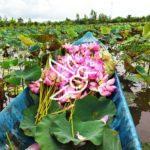
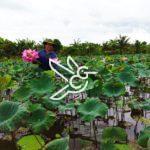



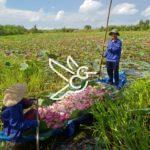



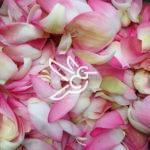
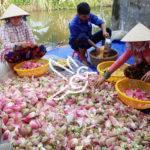
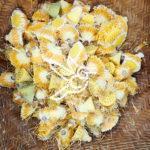
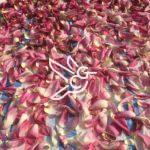
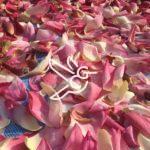

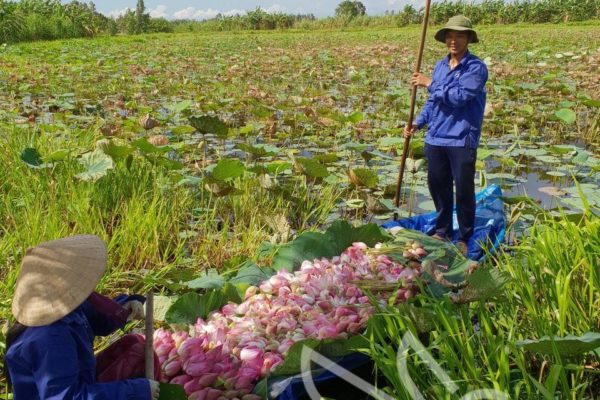
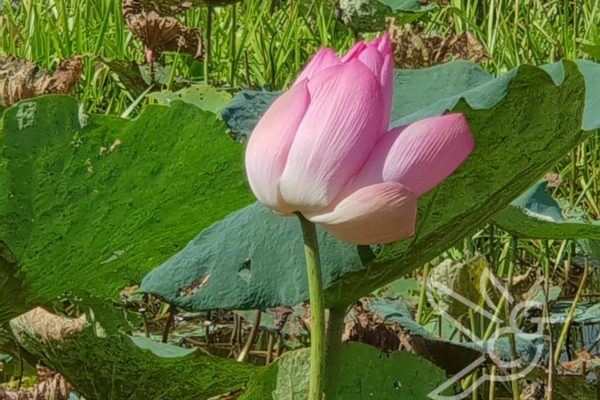

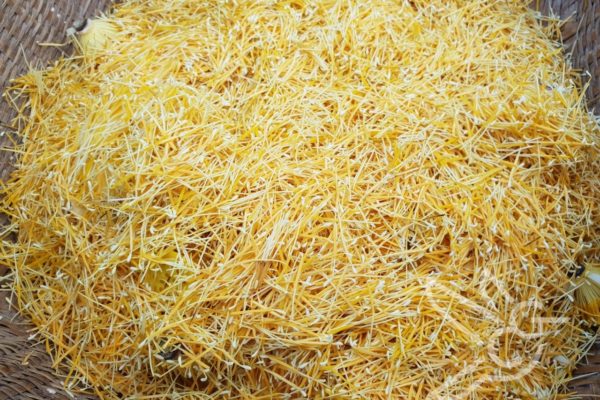
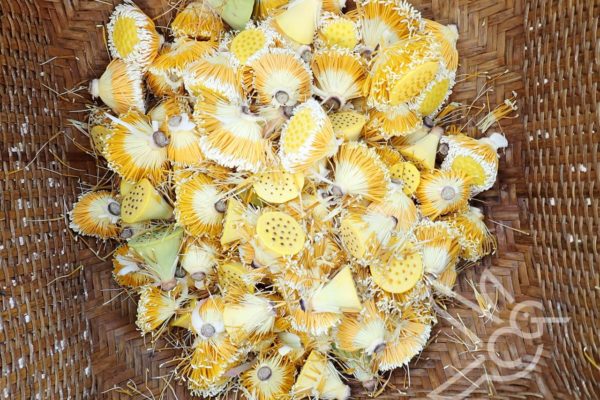
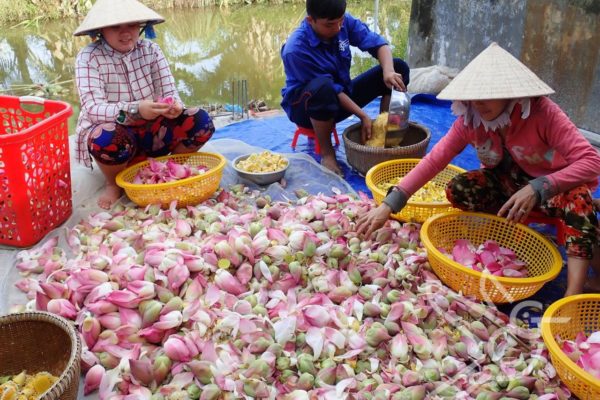
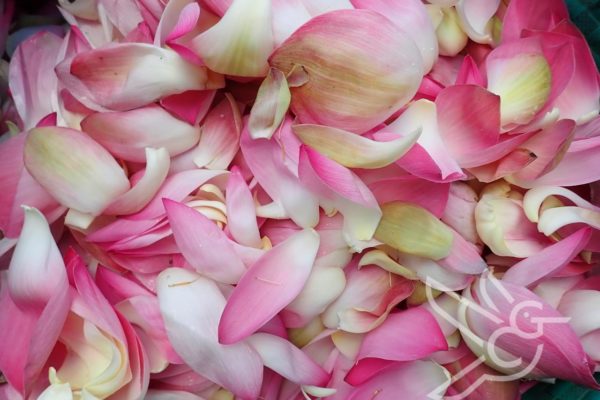


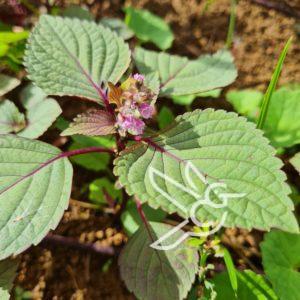
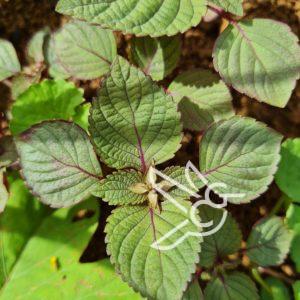

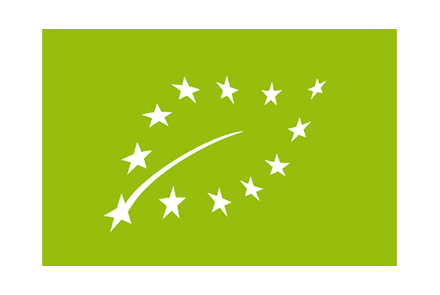

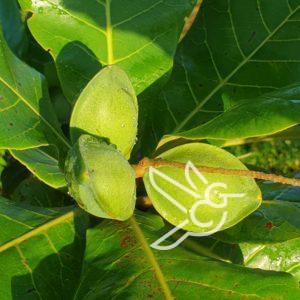

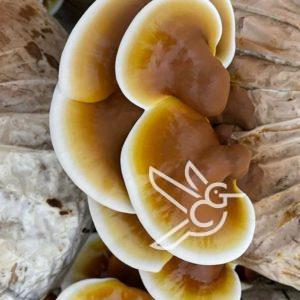
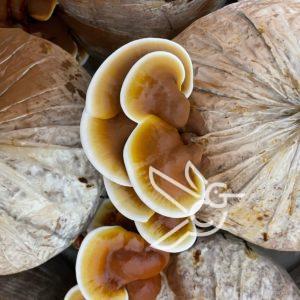






Reviews
There are no reviews yet.